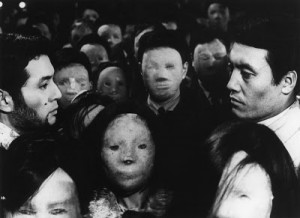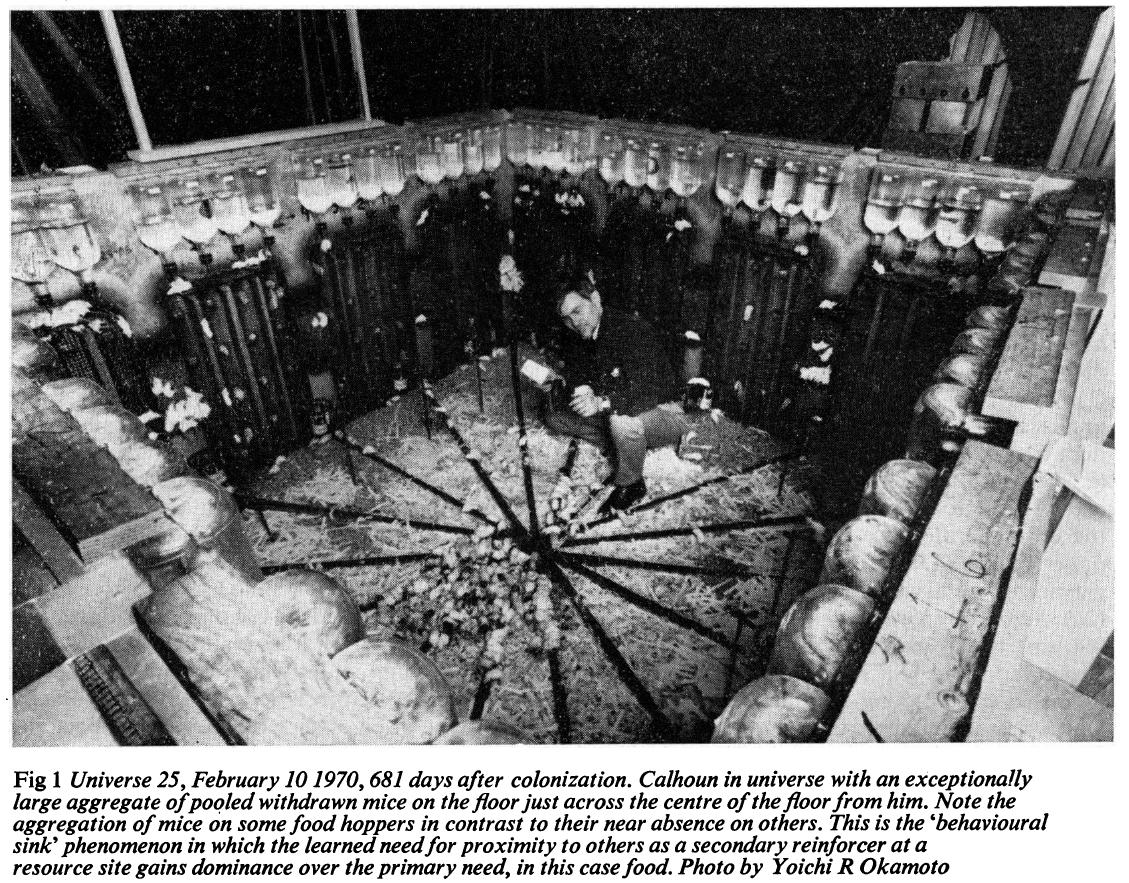A city that’s too orderly is a museum and dying. You can look at it, but it can’t look back at you. A metropolis shouldn’t merely be shelter and welter, but you don’t want it to be lifeless any more than you’d want it to be lawless. It should, to some degree, be a mess. From Will Wiles’ new Aeon essay, “The Concrete Tangle“:
“In 1974, when mainstream discourse held the metropolis to be a behavioural sink fit only to be turned over to the waiting Droogs, the British author Jonathan Raban’s treatise Soft City made a case for city dwelling. Writing chiefly about London and New York, Raban acknowledged that they could be unfriendly and often violent (far more so than today), but added that they offered hugely attractive social and psychological possibilities. Where Mumford finds the teeming metropolis alienating and false, Raban sees it as a splendid masquerade, a place where one is free to try on and slough off identities multiple times in a day, a stage for exploring and defining the self. The difficulty and danger become perverse sources of pride and belonging, distinguishing the seasoned urbanite from the greenhorn. The city’s anonymity and restless flux are in fact its strength: its plasticity, its softness, where it awaits ‘the imprint of an identity’.
Raban’s free and expressive city life requires fluency in certain conventions. One has to learn the city’s codes, its languages. ‘So much takes place in the head, so little is known or fixed,’ he writes. ‘Signals, styles, systems of rapid, highly conventionalised communication, are the lifeblood of the big city. It is when these systems break down – when we lose our grasp on the grammar of modern life – that the Envies [a violent gang] take over.’
These ‘systems’ constitute an invisible social infrastructure; one, indeed, in which we might see a certain resemblance to the city’s tangle of service mechanisms. Both are always multiple, improvised, threatening to break under the weight of the city’s sheer extremity:
Language codifies an order, a hierarchy, a stable view of the world, which is grossly exceeded by the reality of the modern city: and the arrival of the immigrant propels him into abstractions and the contemplation of his own internal state of mind. It is a source of transformations and distortions of scale which can only be received with dumb wonder. In American fiction and autobiography, the townscape of New York is turned into a giant perceptual conundrum, as if it has been deliberately designed as a monstrous challenge to eyes and ears accustomed to the human proportions of village and small-town architecture. … If the city is normal, then he is a dwarf; if he is normal, then the city must be some kind of concrete optical illusion, for what perspective or grammar exists in which such breathtaking heights and breadths are possible? Shifting in size, at once dwarfed and elevated by these amazing confusions of scale, the greenhorn lurches forward into his myopic destiny. … City architecture is an eloquent proclamation of the absolute strangeness of city life, a reminder that here you abandon hope of holding on to your old values, your old language.
The city is a machine for teaching people to be city-dwellers. But first it necessitates submission, which it extracts by means of its scale, but also its complexity, its confusions – its tangle.”


